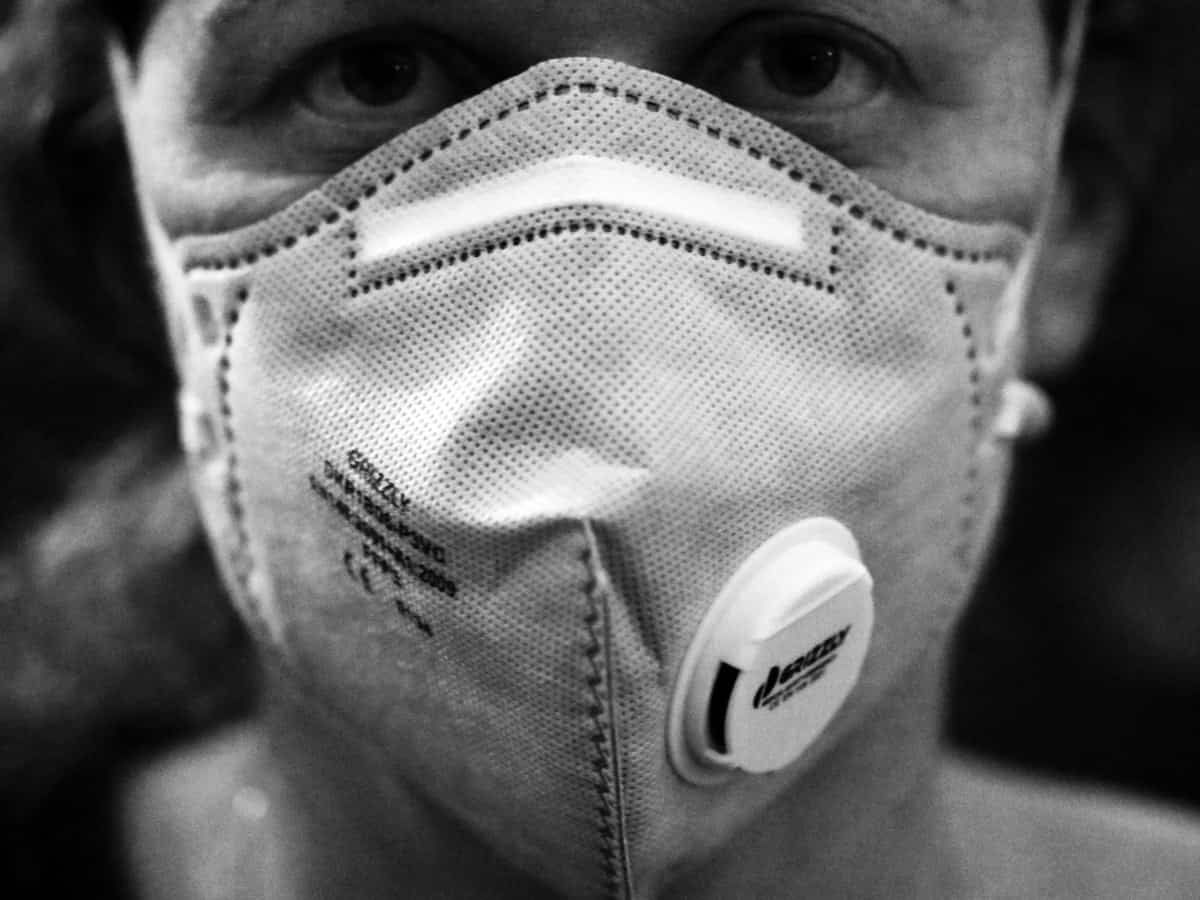The World Health Organization (WHO) had been telling that the novel coronavirus is not airborne since the beginning of the pandemic. But the United Nations agency changed its stand on the virus spread possibilities, saying now that the coronavirus could be airborne in indoors.
WHO said the virus could transmit indoors by droplets in the air for the people who spend time in crowded indoors with poor ventilation. While the health experts from several countries had been criticizing WHO’s description of the virus’s spread, finally the reversal came as the organization acknowledges the transmission via aerosols or tiny air droplets.
As a part of admission to the virus spread description change, the WHO added “outbreaks of COVID-19 reported in some closed settings, such as restaurants, nightclubs, places of worship or places of work where people maybe shouting, talking, or singing.”
The WHO now asks the people to avoid crowded places, close-contact settings with poor ventilation, along with existing measures like frequent hand-washing and avoiding close contact with infected people.
The United Nations agency also updated the lines “Respiratory droplet transmission can occur when a person is in close contact (within 1 meter) with an infected person who has respiratory symptoms (e.g. coughing or sneezing) or who is talking or singing; in these circumstances, respiratory droplets that include virus can reach the mouth, nose or eyes of a susceptible person and can result in infection,”.
Tags Airborne CoronaVirus
 Gulte Movie News And Politics
Gulte Movie News And Politics

















